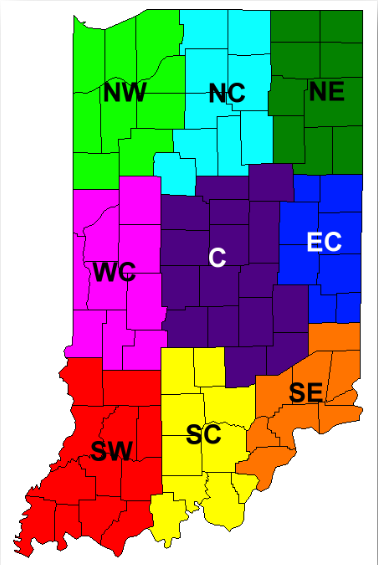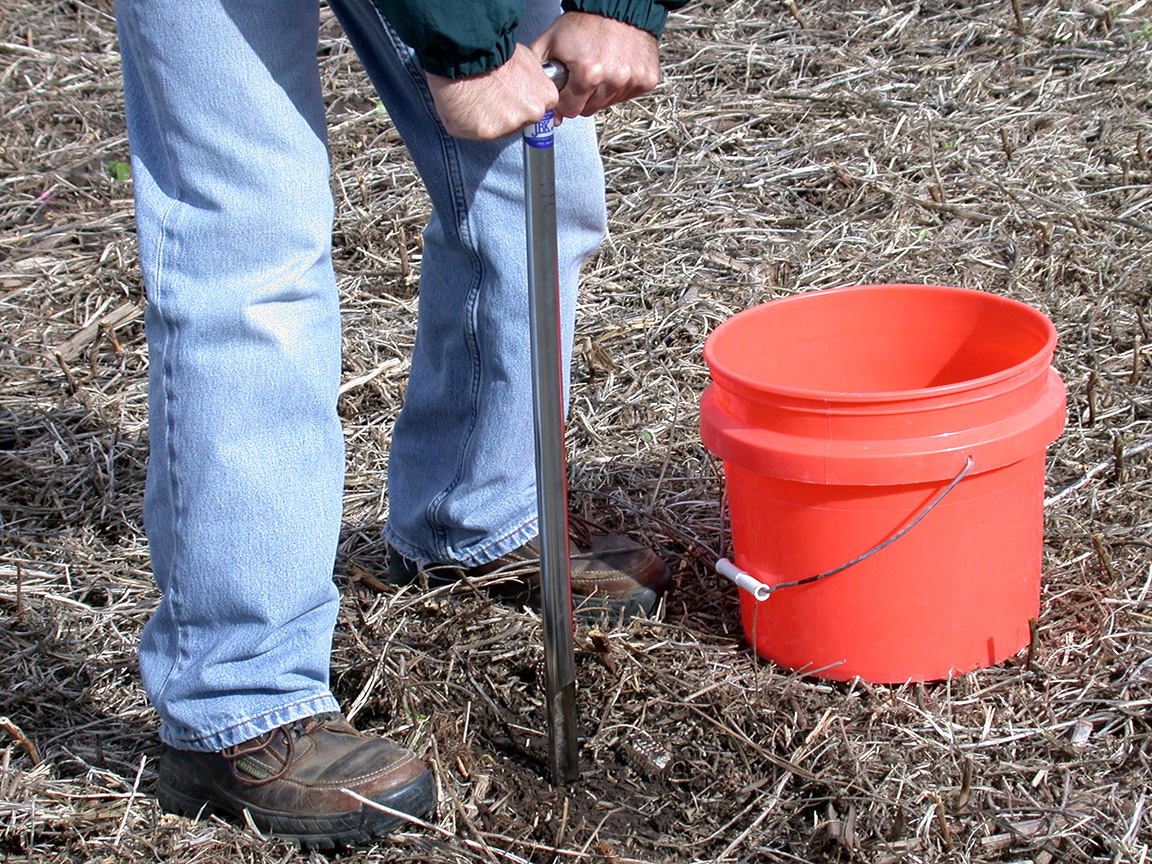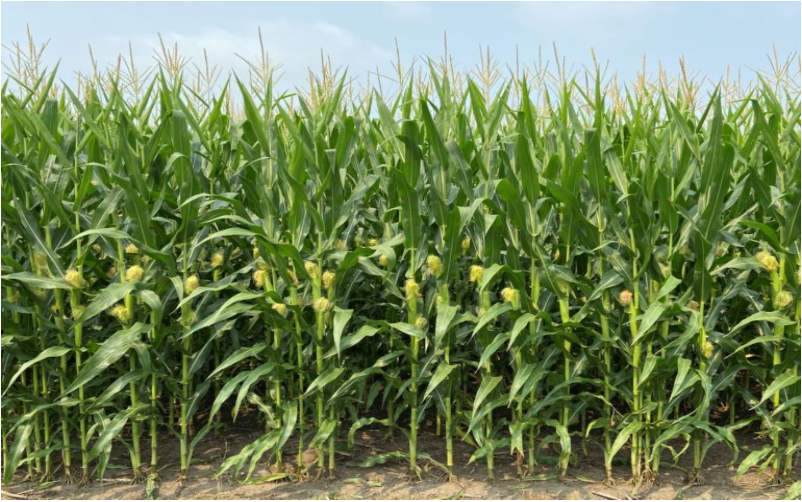
This report summarizes corn yield response to fertilizer nitrogen (N) rate in field-scale trials conducted around the state of Indiana since 2006. These results are applicable to N management programs that use efficient methods and timings of N fertilizer application.








